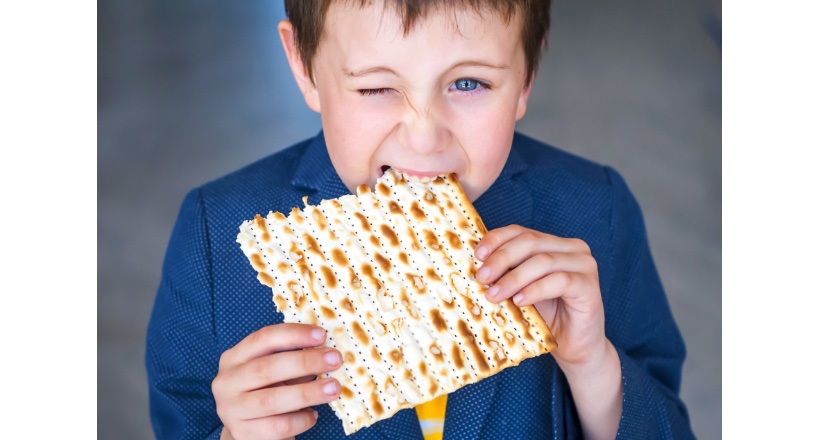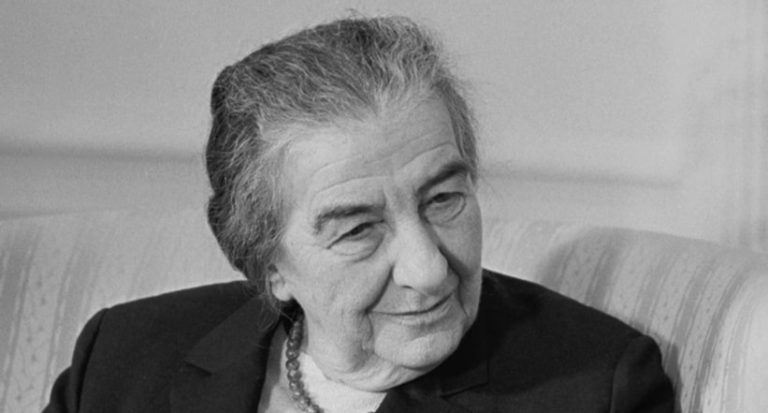Passover – time of matzah
Passover, one of the most important Jewish holidays, is inextricably linked with a special bread – matzah. These thin unleavened flatbreads are not just ritual food, but a symbol of historical memory and freedom of the Jewish people.

The Origin of the Tradition
The tradition of eating matzah dates back to the biblical story of the Exodus from Egypt. When the Pharaoh finally allowed the Jews to leave the country, they were in such a hurry that they did not have time to wait for the dough for the bread to rise. Instead of regular bread, they had to bake unleavened flatbreads directly in the sun. This simple food miraculously sustained the people’s strength during their long journey through the desert to the Promised Land.
Strict Preparation Rules
The making of kosher for Passover matzah follows strict rules. The main requirement is that the entire process from mixing the dough to baking must not exceed 18 minutes. According to Jewish tradition, it is after this time that the fermentation process begins, when flour, coming into contact with water, starts to “ferment”.
An interesting fact: in the production of traditional matzah, special water (mayim shelanu) is used, which is collected at sunset and left overnight to cool to room temperature.
Variety of Matzah
There are several types of matzah:
- Machine matzah – thin crispy crackers of a correct round or square shape
- Shmurah matzah (“guarded matzah”) – made under special supervision to ensure the grain does not come into contact with moisture before preparation begins
- Soft matzah – a traditional flatbread that is made exclusively by hand and resembles more of a pita or thin lavash
Afikoman: Game and Tradition
One of the most beloved Passover traditions by children is the search for the afikoman. At the beginning of the Seder (festive meal), the head of the family breaks the middle of the three pieces of matzah. The larger half – the afikoman – is wrapped in a napkin and hidden. After the main meal, children must find the afikoman, receiving gifts or a ransom for it.
This tradition has a deep symbolic meaning: the division and subsequent reunification of the pieces of matzah symbolizes the separation and reunification of the Jewish people.
Culinary Variety
To diversify the diet during Passover, when leavened products are forbidden, many dishes are prepared from matzah and matzah flour:
- Kneidlach – fluffy dumplings for chicken broth
- Mina – a layered casserole with vegetables, cheese, or meat
- Matzah brei – a kind of omelet with soaked matzah
- Matzah kugel – a sweet casserole with apples and cinnamon
- Matzah flour cake – a dessert often made with almonds and chocolate
Interestingly, different Jewish communities have developed their unique recipes for dishes made from matzah: among Sephardim (Jews of Spanish origin) – sofina (a pie with meat and vegetables), among Yemenite Jews – jachnun (a type of matzah casserole), among Ashkenazim (European Jews) – matzah babka.





